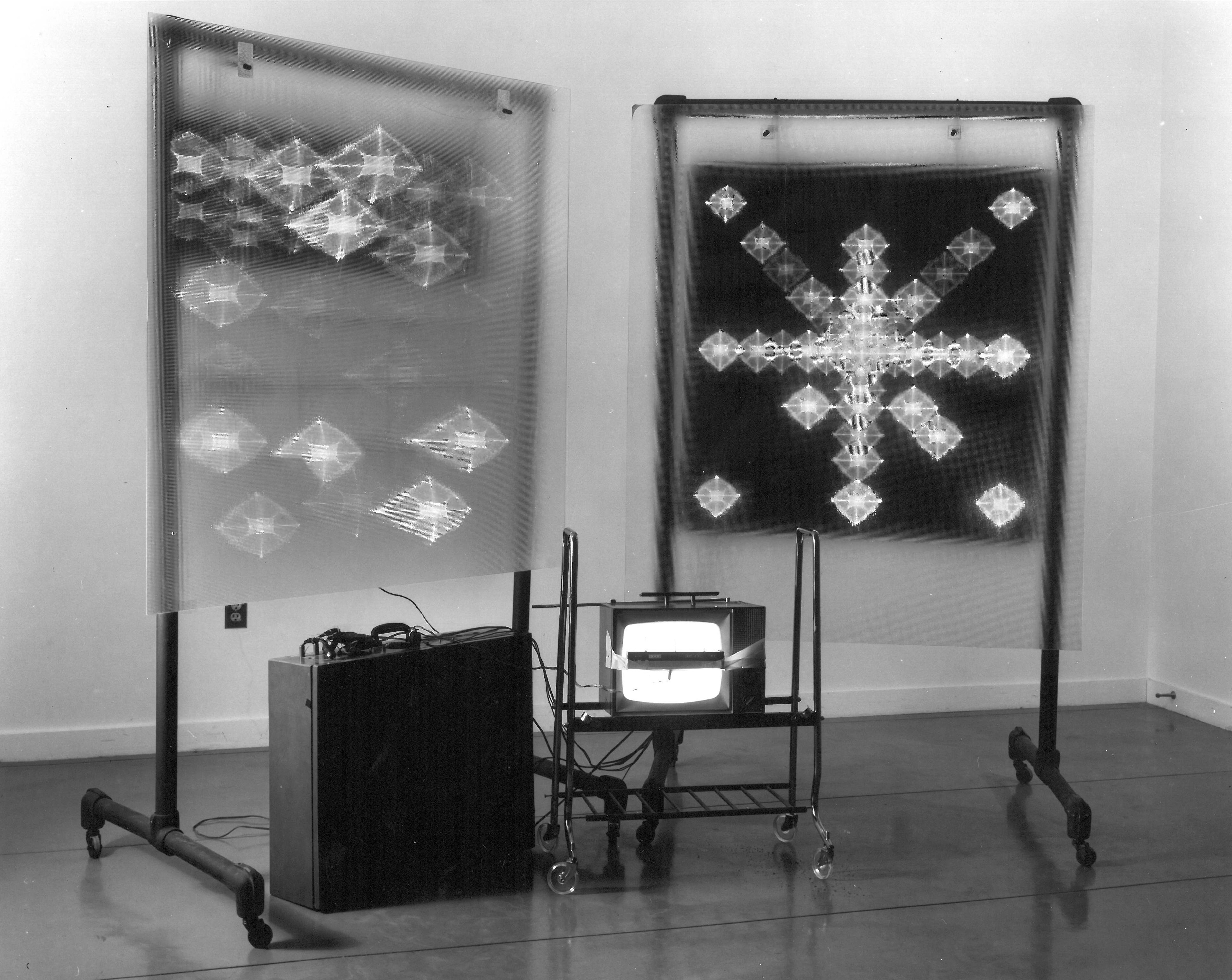
Gyorgy Kepes’s vision of applying art to large-scale public projects culminated in the establishment of the Center for Advanced Visual Studies (CAVS) at the Massachusetts Institute of Technology (MIT) in 1967. Conceived as a laboratory for collaboration, CAVS united artists, scientists, architects, and engineers to foster interdisciplinary exchange and produce socially engaged art using emerging technologies. This article examines how collaboration functioned as a founding principle at CAVS and how artists adapted their practices within an institutional and often ethically charged environment. While the center attracted pioneering artists eager to experiment with new media and technology, collaboration also revealed tensions surrounding authorship, political responsibility, and the influence of military-funded research. Building on Kepes’s lifelong inquiry into the relationship between art, science, and technology, this article argues that the theoretical tensions often attributed to the institutional context at MIT were, in fact, internal to his own theory of visual language, formulated before his arrival at the institute. Rather than treating collaboration as a compromise, Kepes conceived it as a constructive response to instrumentality and as an opportunity to reintroduce human values into systems of science and technology. Through key case studies, including the Explorations exhibition (1970), the political controversies surrounding the 1969 São Paulo Biennale, and later collaborative projects such as Centerbeam (1977), this article demonstrates how Kepes extended the Bauhaus legacy into the Cold War era. Ultimately, CAVS was not only an institutional experiment in art and technology but a laboratory for social imagination that sought to reconcile scientific progress with civic and aesthetic responsibility through the creative potential of collective work.
Hilles J (2025) From Vision to Reality. Gyorgy Kepes and the Ethic of Collaboration. The February Journal, 05: 13–39. DOI: https://doi.org/10.60633/tfj.i05.108

This work is licensed under a Creative Commons Attribution 4.0 International License.
Copyright (c) 2025 Juhayna Hilles